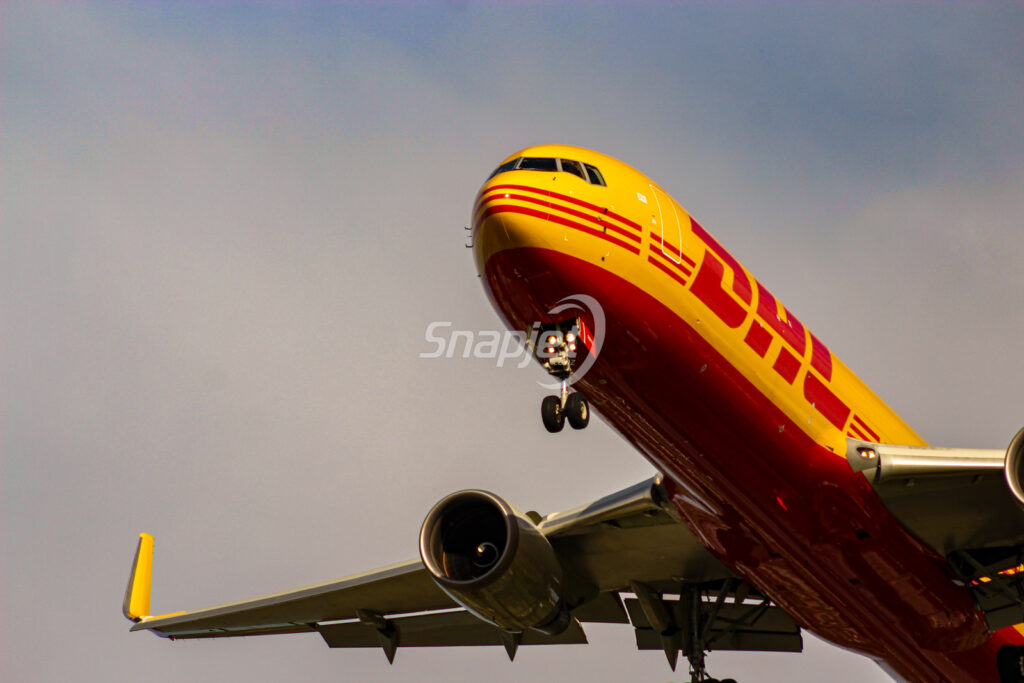
The Boeing 767, a stalwart of the aviation industry, made its debut in 1982. Designed by the American aerospace giant Boeing, this versatile twin-aisle aircraft quickly became a cornerstone of long-haul and international air travel. Its innovative design and efficiency have earned it a special place in aviation history.
The Boeing 767 has been a trusted workhorse for airlines around the world. Known for its adaptability and fuel efficiency, it has served as a reliable connector of continents, facilitating global travel. The Boeing 767 series is celebrated for its ability to seamlessly transport both passengers and cargo across long distances, making it an essential asset for airlines and freight operators.


- Wingspan: Approximately 47.6 meters (for the 767-300 variant).
- Length: Varies by model, with the 767-300 measuring about 54.9 meters.
- Cruise Speed: Typically around Mach 0.80, or about 850 km/h.
- Range: Depending on the version and configuration, it offers a range between 3,850 and 6,385 nautical miles (7,130 to 11,825 km).
- Passenger Capacity: The Boeing 767 can accommodate between 181 to 261 passengers, depending on the seating layout.
- Fuel Capacity: Approximately 91,819 liters
